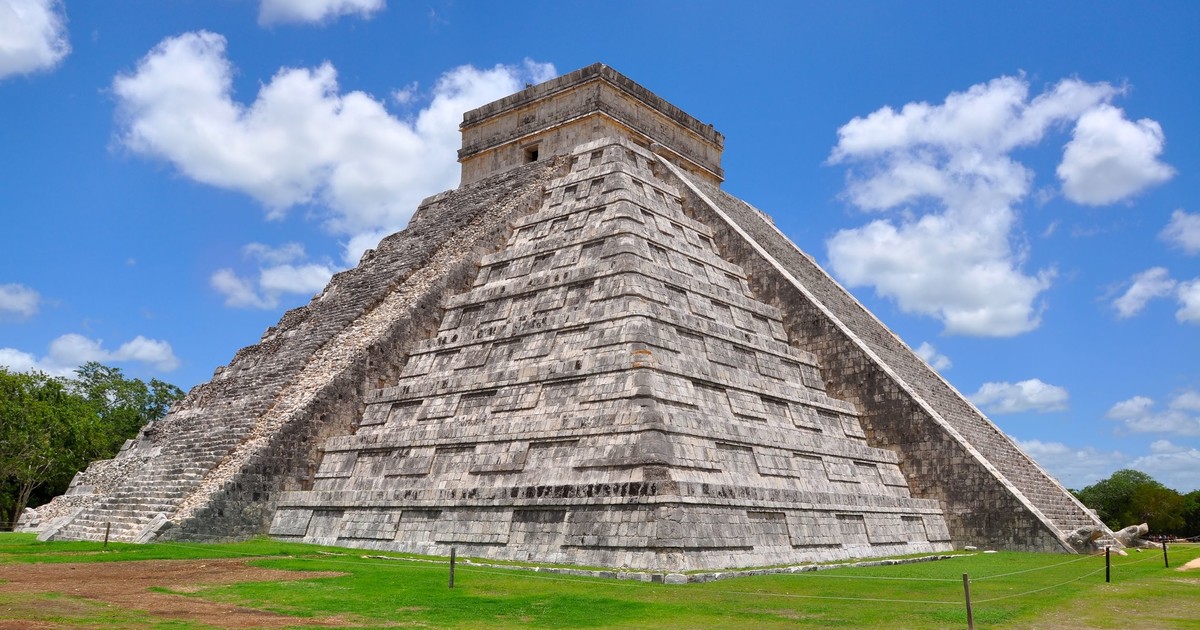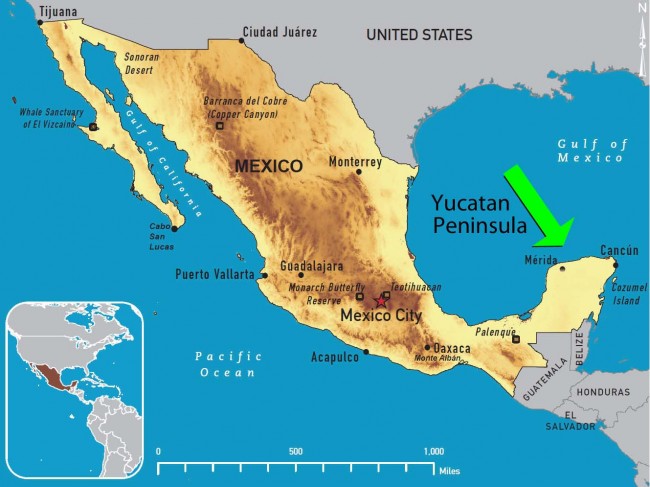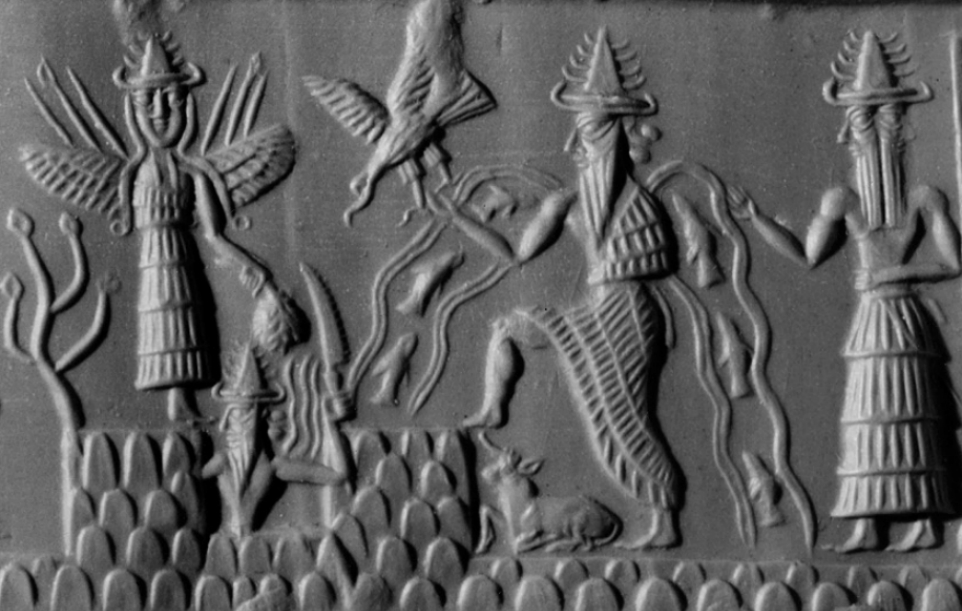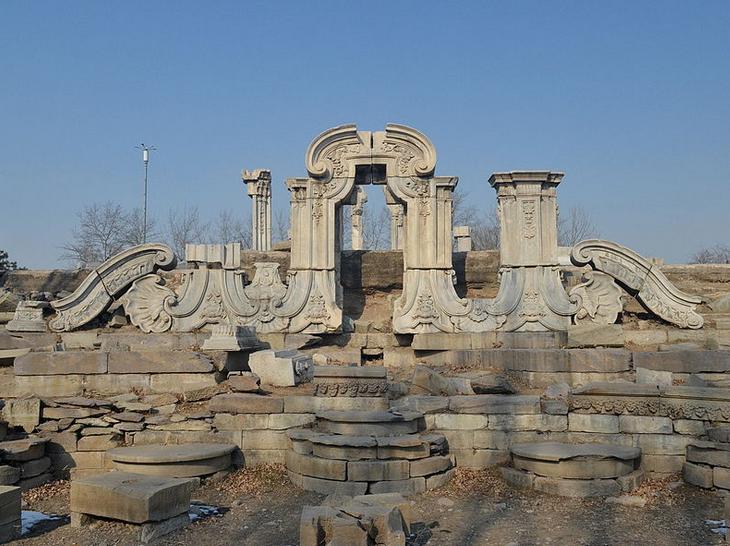Built by the Maya people of the Terminal Classic period, Chichen Itza was a large pre-Columbian city and today the archaeological site is located in the Tinún Municipality, Yucatán State, Mexico.
Chichen Itza was one of the largest Maya cities and may have had the most diverse population in the Maya world.
The site exhibits a variety of architectural styles including styles observed in central Mexico and the presence of these styles was once thought to have been indicative of migration or conquest from central Mexico.
However, modern interpretations view these non-Maya styles as a result of cultural diffusion.
Meaning of the Name “Chichen Itza”
The translation of the name “Chichen Itza” means “At the mouth of the well of Itza” and is derived from the Maya word for “mouth” or “edge”, chi’, and ch’en meaning “well”.
Finally, Itzá is the name of an ethnic-lineage group that gained economic and political dominance of the northern peninsula.
Location of Chichen Itza
Located in the eastern section of Yucatán State in Mexico, the Yucatán Peninsula which surrounds Chichen Itza is arid and the interior rivers all run underground.
If considering why the Maya chose the arid site to build Chichen Itza, there are four clearly visible sink holes, known as cenotes, which likely provided a continuous supply of fresh water making it an attractive site for settlement.
Of the 4 sinkholes, the Cenote Sagrado, or Sacred Cenote, is the most famous – almost as famous as sports betting NZ – and in 2015 it was determined by scientists that there is a hidden cenote under Kukulkan which has never been viewed by archaeologists.
The Political Organisation of Chichen Itza
In the late 1980s it was suggested by several archaeologists that unlike previous Maya policies of the Early Classic that Chichen Itza may not have been governed by a single ruler or dynastic lineage.
Rather, it was suggested that Chichen Itza’s political organisation may have been structured by a multepal system which is defined as a rulership by a council composed of various members of elite ruling lineages.
While this theory was popular throughout the 1990s, the authenticity of research which supported the idea of a multepal system has since been called into question or discredited entirely.
The History of Chichen Itza
The layout of the core site of Chichen Itza was established during its first phase of occupation between 750 and 900 AD and its final design was developed after 900 AD.
The 10th century saw the establishment of the city of Chichen Itza as the regional capital controlling the area from central Yucatán to the north coast, with its power extending all the way down the east and west coasts of the Peninsula.
The earliest hieroglyphic date discovered at the site is equivalent to 832 AD and the last known date recorded was 998 in the Osario Temple.
The Decline of Chichen Itza
Recent archaeological data suggest that Chichen Itza declined as the regional centre by 1250, before the rise of Mayapan, but according to post-Conquest sources, the Cenote Segrado remained a place of pilgrimage.




